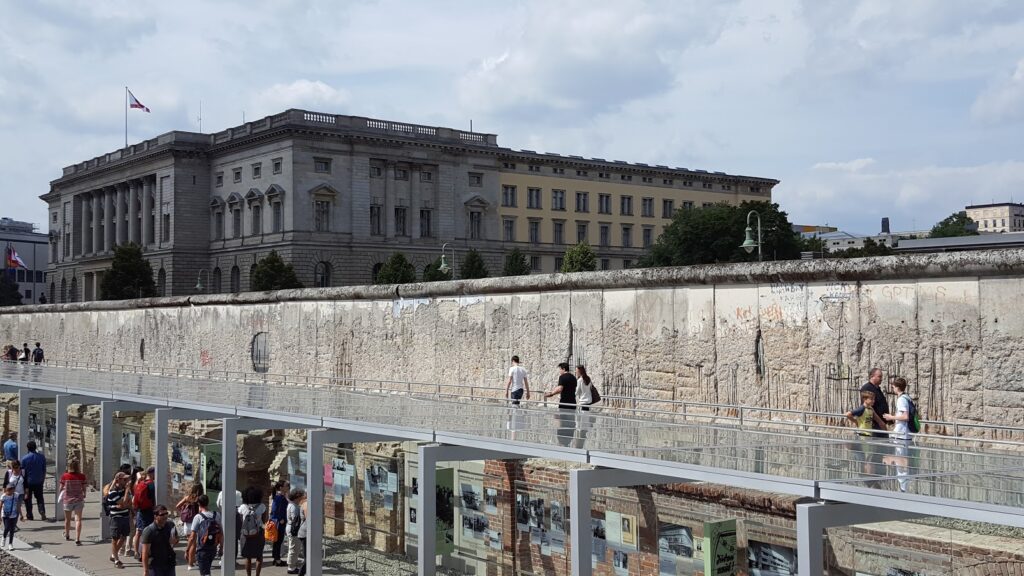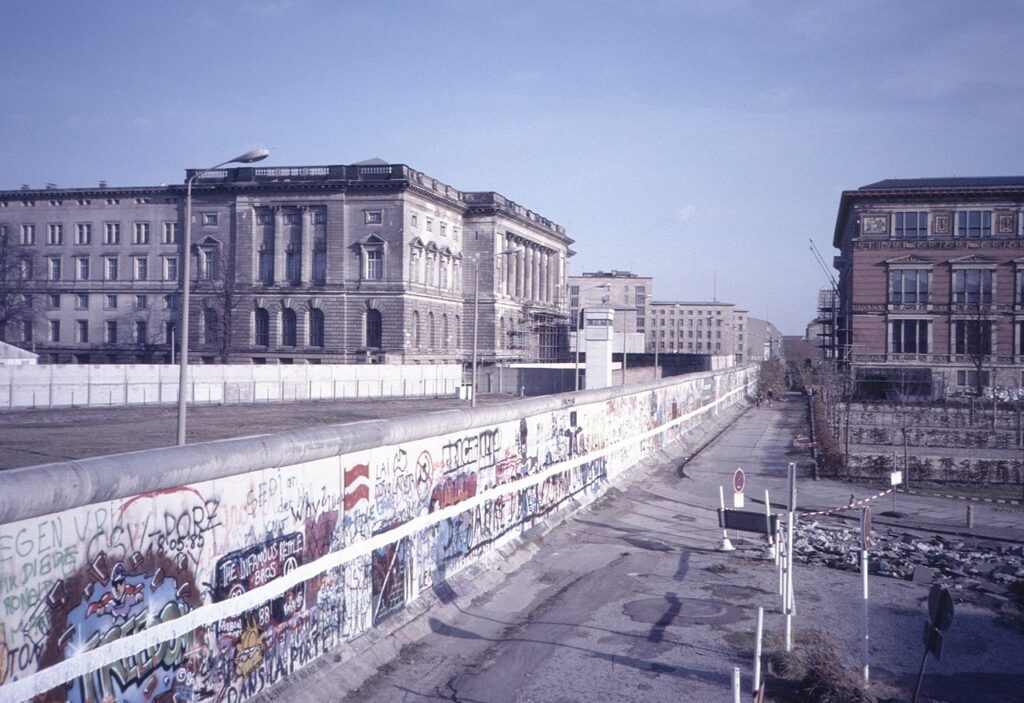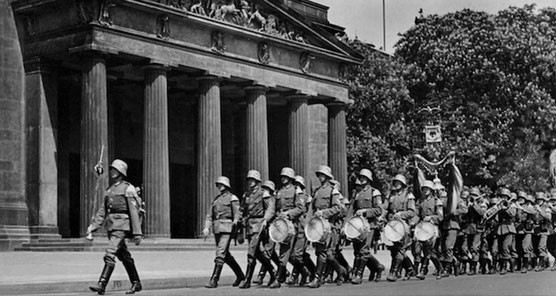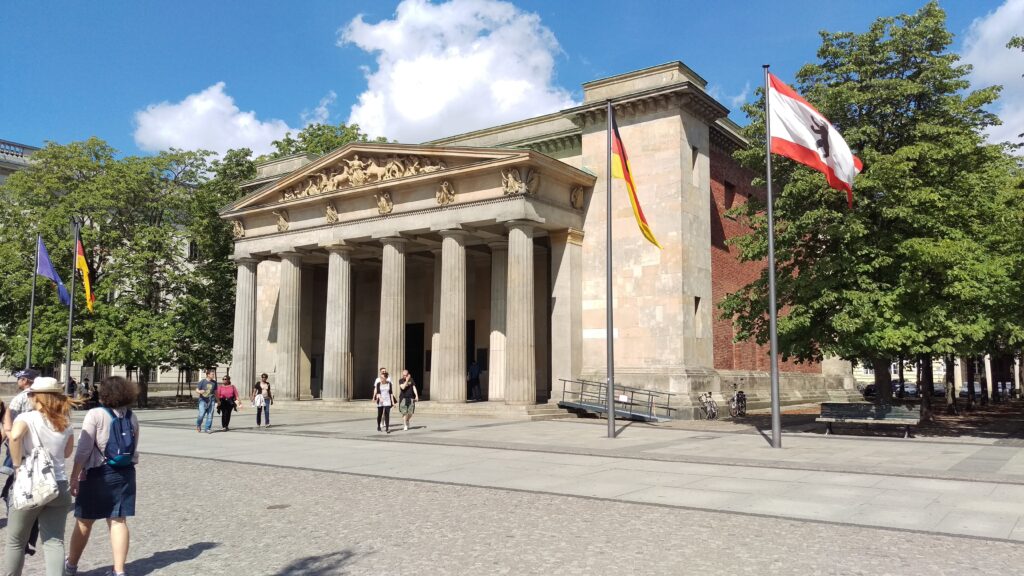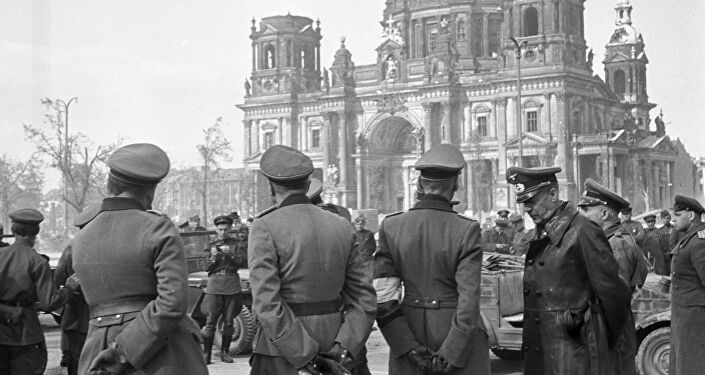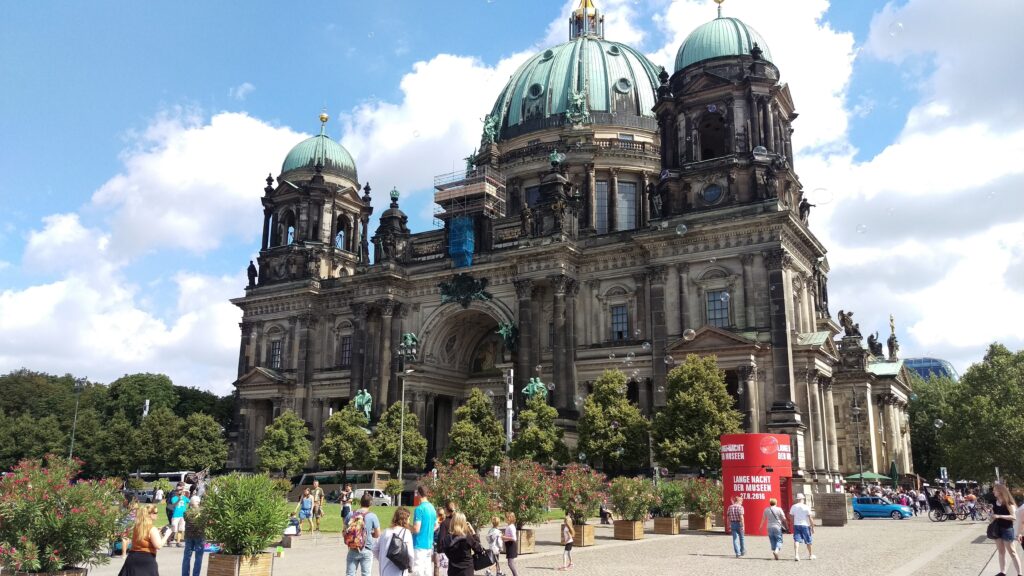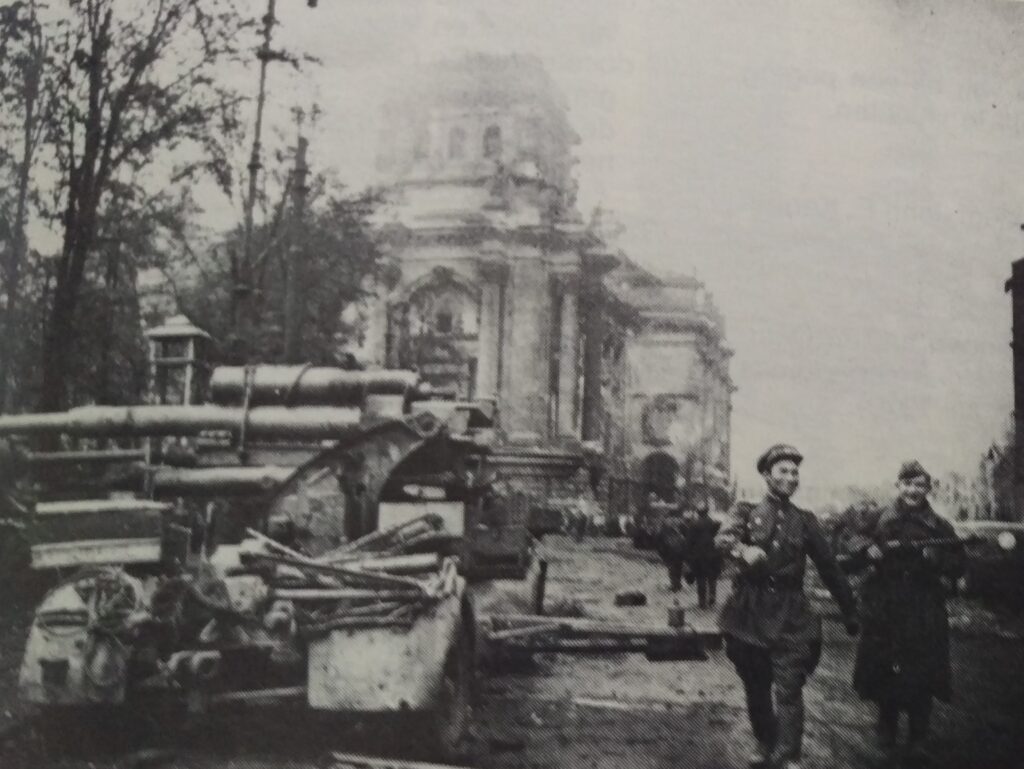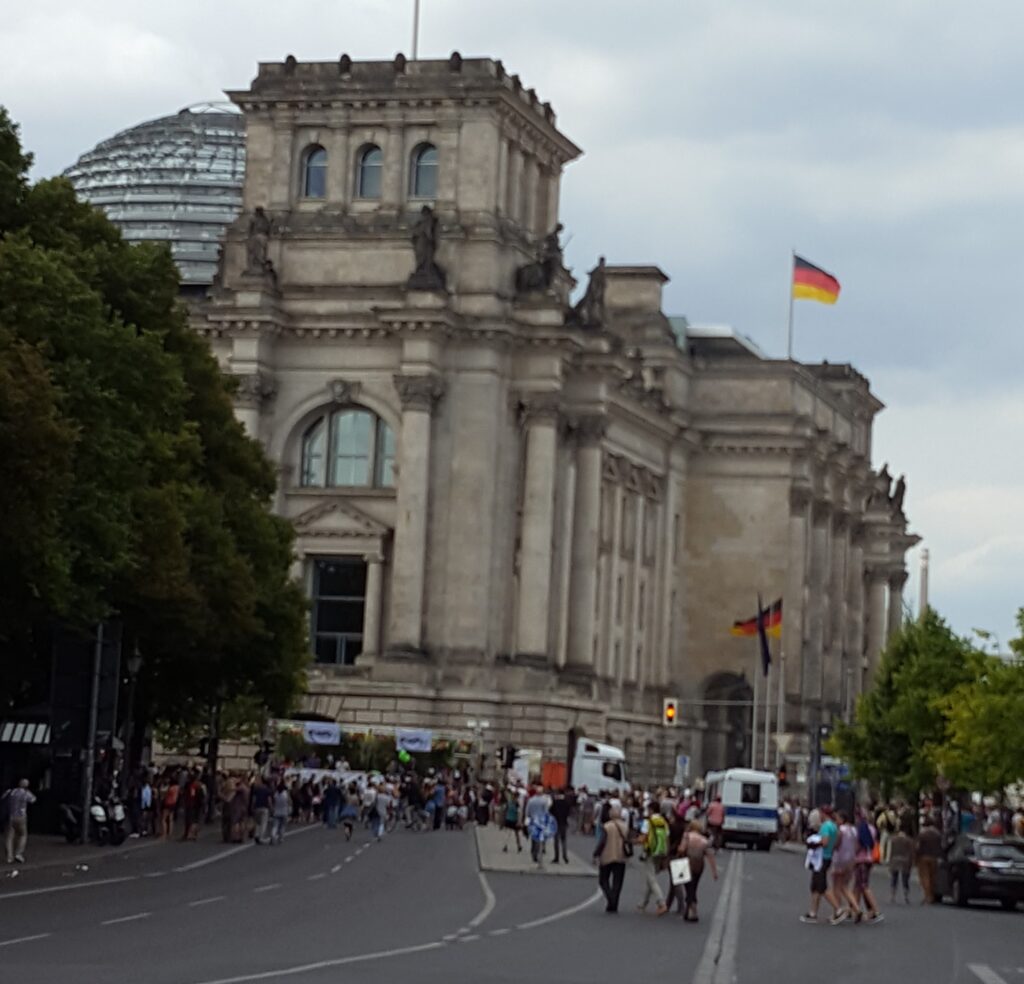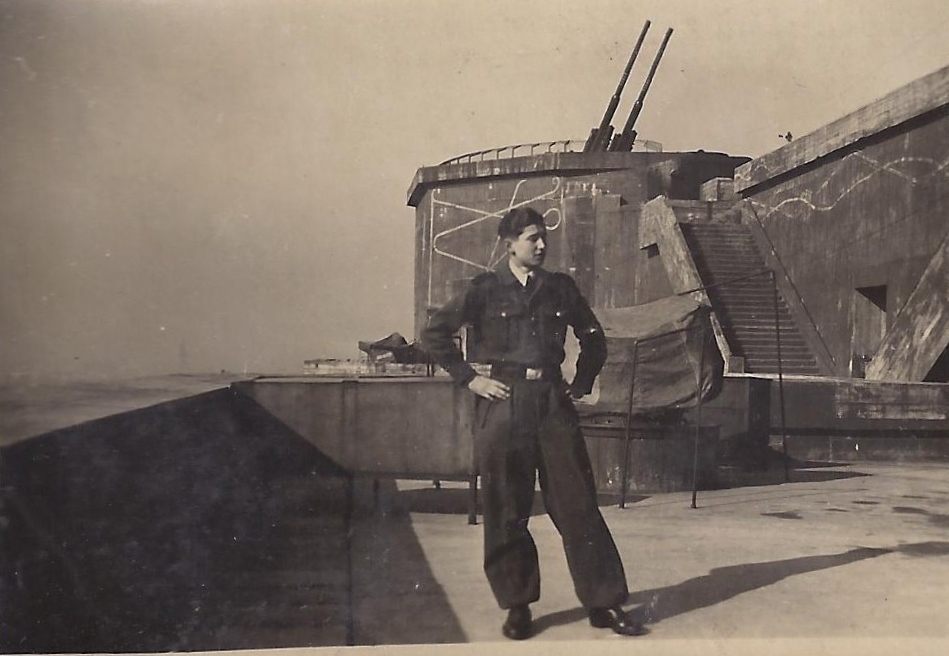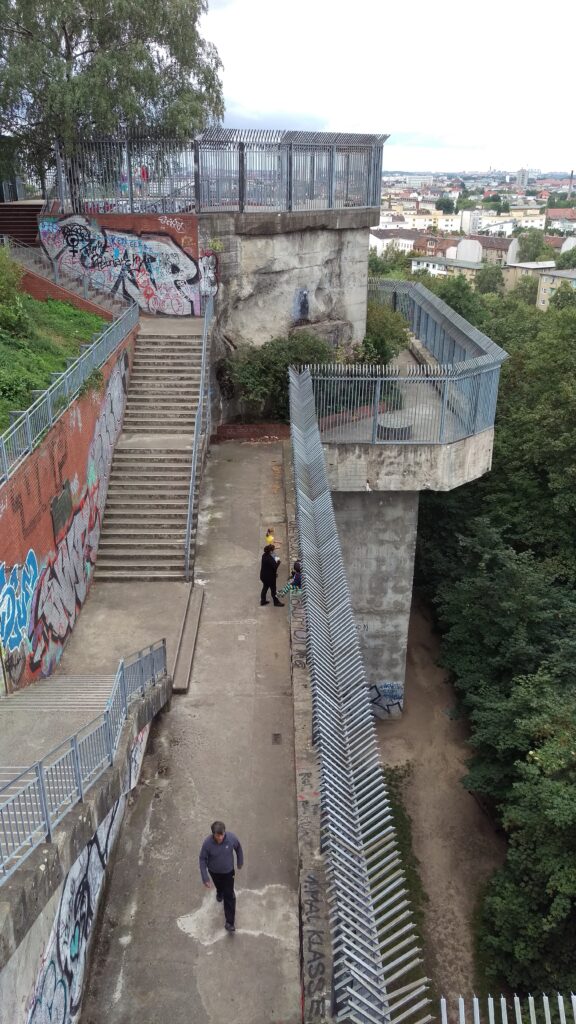Berlin
In for a weekend in Berlin to see the modern highlights of a reborn city with scars of it’s dark past. As a start, we immediately went to a point where the history of Berlin is clearly visible which is the Niederkirchnerstraße. The monument surrounding the horrors of the Nazi regime and part of the Wall dividing East and West that has ruled the city for a long time.
Neuwe Wache – Designed and built in 1816 where it was originally supposed to be a guard house for the troops of the Crown Prince of Prussia for the nearby Kronprinzpalais. It thus served as a replacement for the old artillery guard house. Still used as an important place to remind us of the German fallen in various wars and war zones. It was seriously damaged in the battle for Berlin.
Berliner Dom – In 1935 Hermann Göring – the second-in-command of Nazi Germany – married Emmy Sonnenschein at the cathedral. Hitler was a witness (best man) at the ceremony. The cathedral was badly damaged during the second world war especially with air raids on Berlin on May 24, 1944.
Reichstag – Herman Goringstrasse (now Friedrich Eberstrasse) towards the Reichstag. Happy faced Russian soldiers walk past the Tiergarten park with AA guns in joy that the battle for Berlin is over.
Flakturm III G-Tower Humboldthain – One of the most visible remains of the Second World War in Berlin. Partly buried under the rubble of the city after the war, it can still be visited. Keep in mind that you have a sweater or jacket with you because otherwise it will be too cold and you cannot join the tour (which was unfortunately the case with us). This tower is one of three built in Berlin to protect Berlin from constant attacks by the air force. The others have been cleaned up completely. The roof is 3.5 meters thick!
The Flakturm (Flak Tower) is a concrete bunker that is placed in a city. The bunker was provided with a space where people (the largest tower itself had room for 20,000 people) could shelter during bombings and there was room for storage of goods. In addition, the bunker was equipped with Flak anti-aircraft guns (Flak is the abbreviation for Flugabwehrkanone, also known as Fliegerabwehrkanone).
These large towers were built in the cities of Berlin, Hamburg and Vienna during the Second World War.

